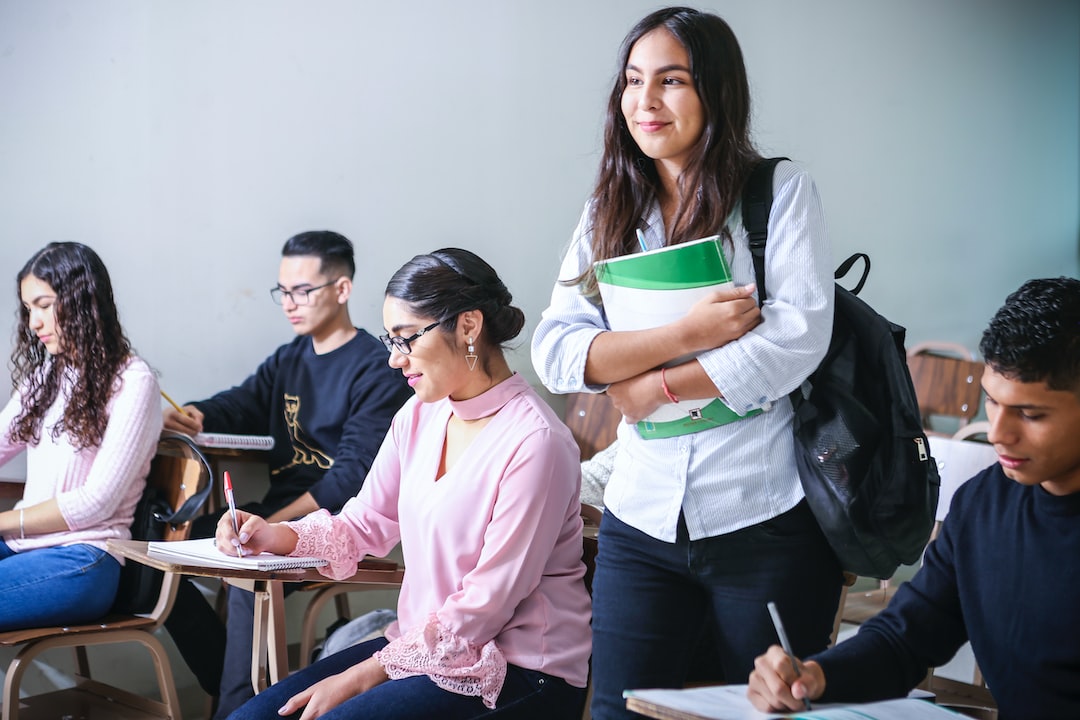Exploring Different Learning Styles
Education plays a significant role in our lives. It is the foundation upon which our understanding and knowledge are built. However, not everyone learns in the same way. Each individual has a unique learning style, which affects how they perceive and process information. Understanding these different learning styles can greatly enhance the learning experience and improve academic success.
The visual learner is someone who learns best through seeing. They prefer visual aids such as charts, diagrams, and pictures to help them understand and retain information. Visual learners are often excellent note-takers and benefit from color-coding and highlighting key points. They are drawn to visual elements in the environment and can easily recall details from memory. To accommodate visual learners, educators can incorporate visual aids into their lessons, such as PowerPoint presentations or whiteboard drawings.
On the other hand, auditory learners absorb information through their sense of hearing. They learn best through spoken words and discussions. These learners are skilled at retaining and processing information presented in lectures or through audio materials. They can benefit from participating in group discussions or using audio recordings to reinforce their understanding. Teachers can facilitate the learning of auditory learners by using lecture-style teaching or incorporating audio materials in their lessons.
Kinesthetic learners, also known as tactile learners, thrive through hands-on experiences. They prefer to physically engage with the material they are learning. These learners benefit greatly from interactive activities, such as experiments or role-playing. Kinesthetic learners may have difficulty sitting still for extended periods and tend to fidget or move around. They often excel in subjects that require physical involvement or real-life application, such as sports or sciences. Teachers can support kinesthetic learners by incorporating movement and hands-on activities into lessons.
While the aforementioned learning styles are commonly identified, it is important to recognize that individuals often exhibit a combination of these styles, known as multimodal learning. Multimodal learners have the ability to adapt their learning approach depending on the task and context. They can switch between visual, auditory, and kinesthetic modes of learning as needed. It is crucial for educators to acknowledge this diversity and provide a variety of teaching methods to cater to the needs of all learners.
Understanding one’s own learning style is equally important. By identifying their preferred style, individuals can optimize their learning process. Reflecting on previous learning experiences can help individuals recognize which methods were most effective and which ones were not. It is important to note that an individual’s learning style can change over time as they grow and develop new skills.
In addition to these commonly recognized learning styles, technological advancements have introduced new dimensions to learning. With the integration of digital tools in education, learners can explore various forms of online learning. E-learning platforms, educational apps, and virtual reality simulations offer alternative learning methods that cater to different learning styles. These platforms allow learners to customize their learning experiences by choosing the mode that suits them best.
Moreover, educators must be mindful of cultural differences in learning styles. Different cultures value and prioritize various learning approaches. Some cultures emphasize memorization and repetition, while others prioritize critical thinking and problem-solving. Recognizing and respecting these cultural differences can create a more inclusive and effective learning environment for students from diverse backgrounds.
In conclusion, exploring different learning styles is essential for effective education. By understanding and accommodating various learning preferences, educators can create an inclusive and engaging learning environment. It is crucial for individuals to identify their own learning style to optimize their learning experience. Additionally, embracing technological advancements and being mindful of cultural differences can further enhance the education system. Ultimately, a comprehensive approach to learning styles can lead to improved academic success and lifelong learning.

